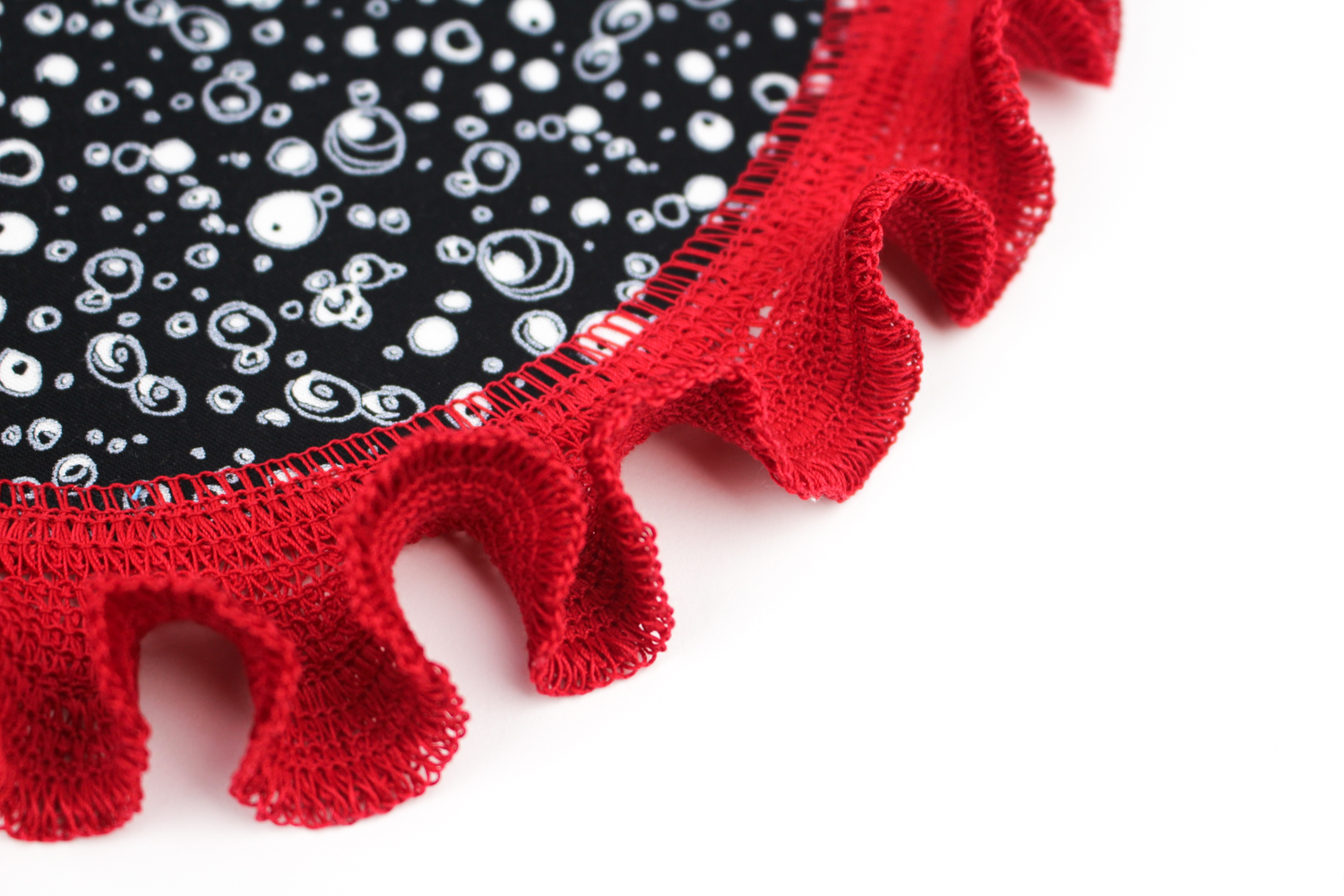Our Teacher of the Month: Australian Helen Rhodes
WonderFil Specialty Threads
Helen met Andrew ( WonderFil's founder) at a show in Melbourne in 2009.
Helen Rhodes
Helen does art quilts that depict the flora and fauna of her native Australia. She started out as a florist, which gives her a real understanding of the colors and dimensions of plant life.She teaches at retreats and workshops all over Australia, and has a large sewing/teaching facility on her property in a rural area one hour south of Perth in Western Australia.Helen got up at 2:00 am her time to let out her dog and grant us this interview!
Q: How did you start making art quilts?
A: A few years ago my husband had a stroke and I had to quit my job to be his full time care-giver. I was told that it would be important for me to find something to do when I wasn't caring for him, so I took up quilting. I used to paint watercolors in my spare time, so the transition to art quilting was a natural one. ( My husband is recovering nicely).
Q: Where do you find the inspiration for your quilts?
A: I live in Western Australia. It is a huge state with a low population that is know for its mining and wineries, but it also has incredible scenery and is famous for its wildflower season ( September- October). My father raised us to really appreciate nature and there is a wealth of plant and animal life for me to observe where I live.
Q: What are your favorite WonderFil threads?
A: I use DecoBob in my bobbin 100% of the time. It is perfect when you are doing a lot of stitching. And I absolutely love Mirage! It has such brilliant intensity and shine. Because it is random dyed,I just watch what color is coming off the spool and move my work accordingly to accent a different area. I will then use Accent ( 12 weight rayon) in areas I want more emphasis.When I want less shine, I will use Konfetti Tutti, and Fruitti.
Q. What is next for you?
A. I will be teaching at the Misty Mountain Getaway next week.Then I would love to take 2-3 months just to travel through Western Australia and photograph and paint the area.

















































